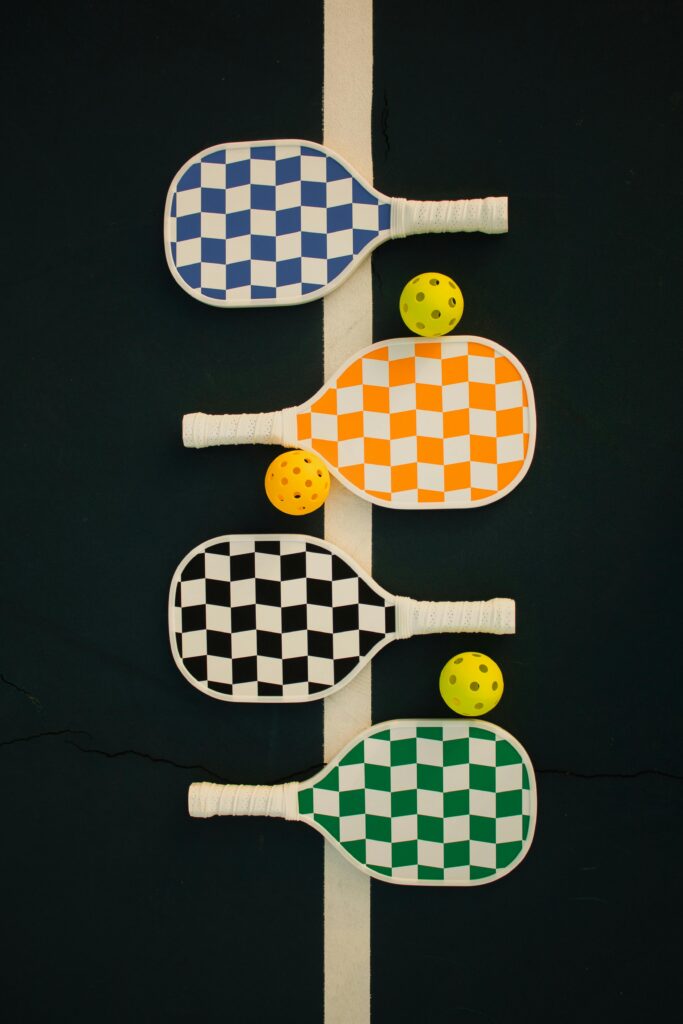If you’re new to the exciting game of pickleball, you may be wondering about the rules regarding serving. One common question that arises is: Do you have to serve diagonally in Pickleball? In this article, we’ll explore this topic in detail and provide you with all the information you need to know.

Serving in Pickleball
Serving in pickleball is a crucial part of the game, as it is the only time you have control of the ball without any interference from your opponent. Understanding the rules related to serving is essential to play the game correctly and competitively.
Serving Diagonally
In pickleball, the serving team must serve the ball diagonally to the opposing team. This means that if you are serving from the right side of the court, you must serve the ball to the left side of the opposing court, and vice versa.
Why Diagonal Serving?
The rule of serving diagonally in pickleball is in place to ensure fairness and equal opportunity for both teams. By requiring the serving team to serve diagonally, it prevents them from gaining an unfair advantage by serving directly at their opponents.
Serving Zones
In pickleball, there are specific serving zones on the court that players must adhere to when serving. The serving team must serve the ball from behind the baseline and within the confines of the serving zone. Failure to do so can result in a fault and the loss of the serve.
Faults and Let Serves
In pickleball, there are certain instances where faults occur during the serve. A fault can happen if the serving team fails to serve the ball diagonally, steps on or over the baseline while serving, or serves the ball into the wrong service court. In the case of a let serve, if the ball hits the net but lands in the correct service court, the serve is retaken without penalty.
Serving Out of Turn
Another important rule to note in pickleball is that serving must be done in the correct order. The first server on each team is designated at the beginning of the game, and the serving order must be maintained throughout the game. Failure to serve in the correct order can result in a fault and a loss of the serve.
Rotation of Serve
In pickleball, the serving team must rotate the serve between players on the team. This means that each player must take turns serving, starting with the designated first server. This rotation ensures fairness and equal participation among team members.
Let Serves and Re-Serving
In the event of a let serve, where the ball hits the net but lands in the proper service court, the serve is retaken without penalty. However, if the serve is out of turn or otherwise faulty, the opposing team is awarded a point, and the serve is turned over to them.

Faults and Double Faults
Faults during serving in pickleball can occur for various reasons, such as serving out of turn or failing to serve diagonally. If a fault occurs during the serve, the serving team loses the serve, and the opposing team is awarded a point.
Double Faults
In pickleball, a double fault occurs when both the first and second serves result in faults. Double faults often result in the loss of the serve and a point awarded to the opposing team. Avoiding double faults is crucial to maintaining control and momentum during the game.

Strategies for Effective Serving
To improve your serving skills in pickleball, here are some helpful strategies to consider:
Practice Consistently
Regular practice is essential to developing your serving technique and consistency. By practicing regularly, you can improve your serving accuracy and power, making you a more formidable opponent on the court.
Focus on Placement
While serving power is crucial in pickleball, focusing on ball placement can be equally important. By strategically placing your serves in hard-to-reach areas of the court, you can put pressure on your opponents and increase your chances of scoring points.
Mix Up Your Serves
Variety is key when it comes to serving in pickleball. By mixing up your serves with different speeds, spins, and angles, you can keep your opponents guessing and off balance. This unpredictability can give you a competitive edge during games.
Conclusion
In conclusion, serving diagonally is a fundamental rule in pickleball that ensures fairness and equal opportunity for both teams. Understanding the rules related to serving, faults, and rotation of serve is essential to playing the game correctly and competitively.
By following these guidelines and practicing effective serving strategies, you can improve your skills and performance on the pickleball court. So, next time you step onto the court, remember to serve diagonally and enjoy the exciting game of pickleball to the fullest!

